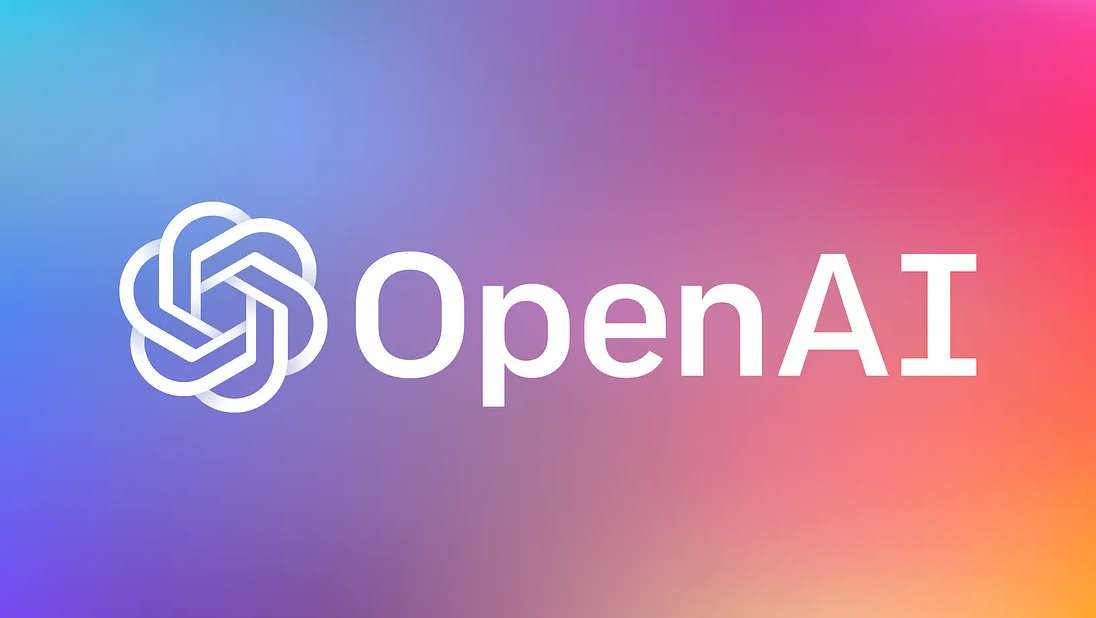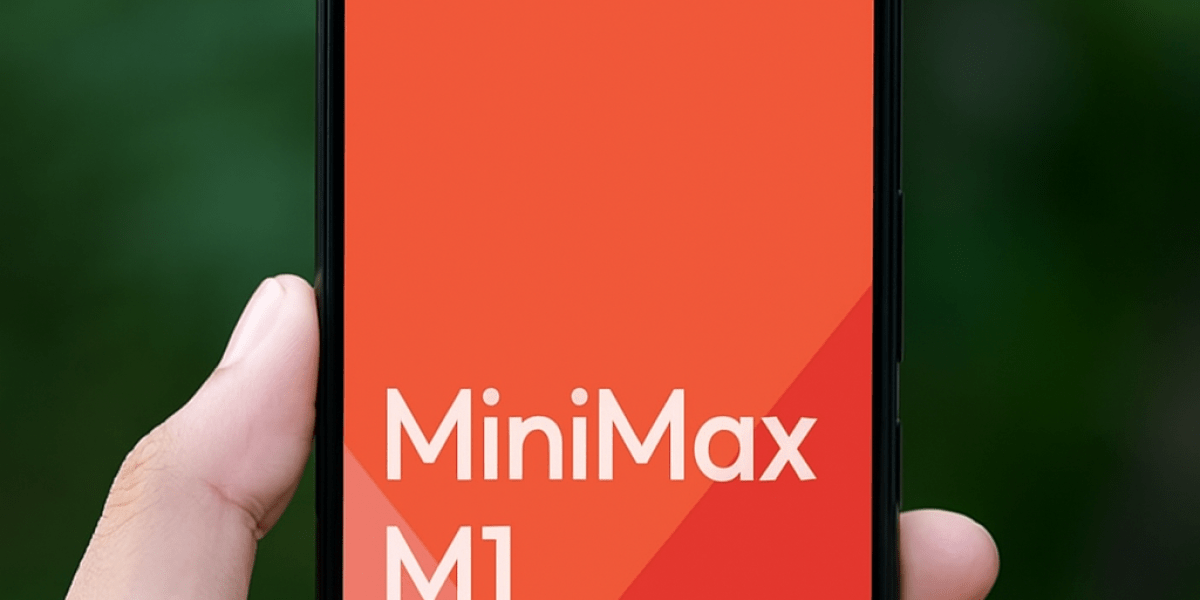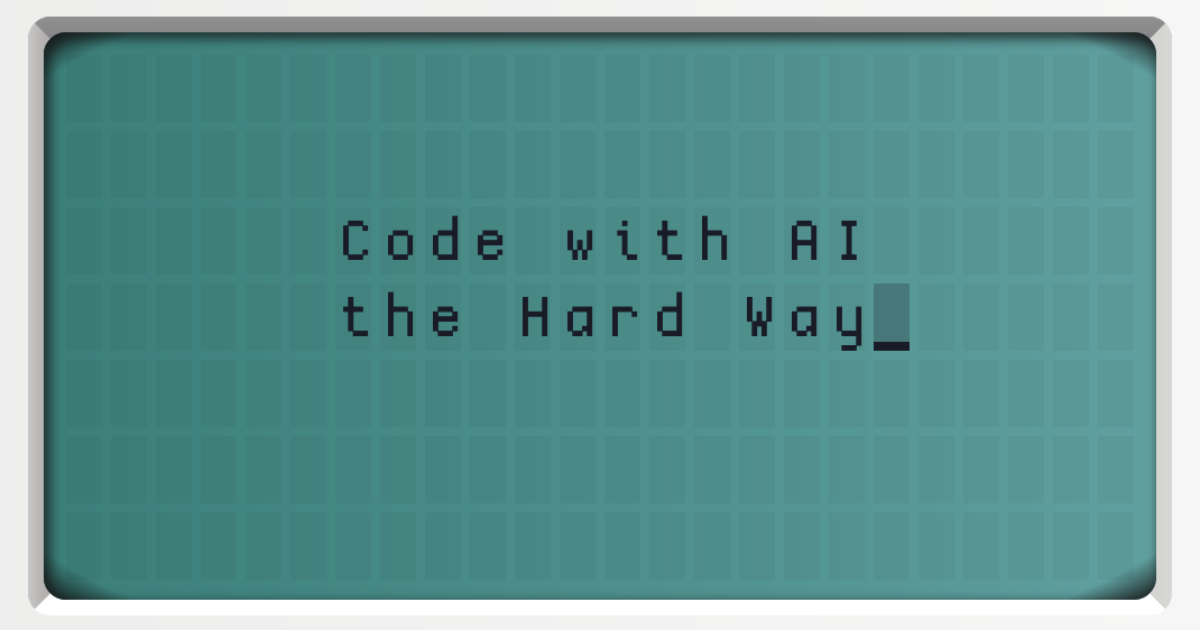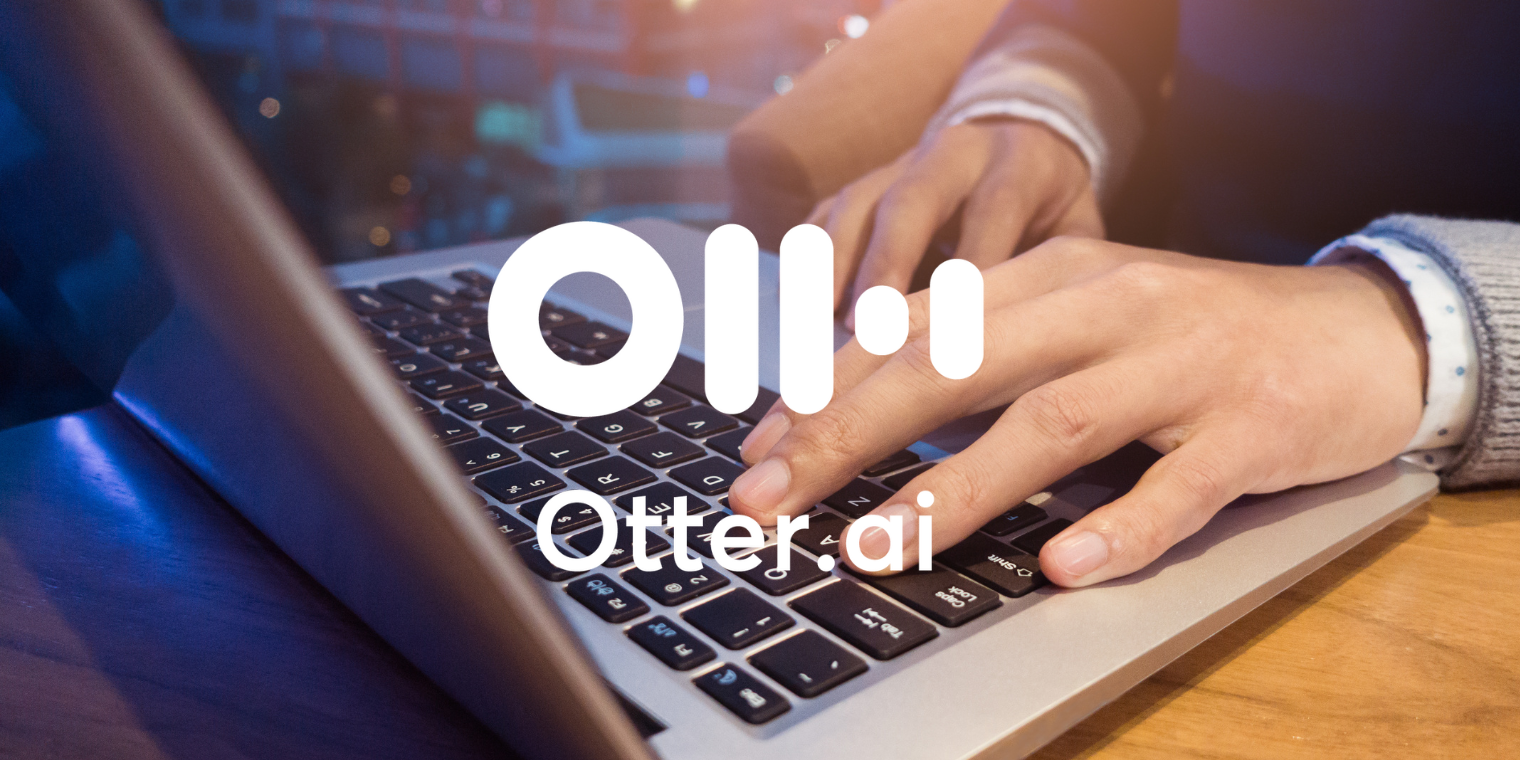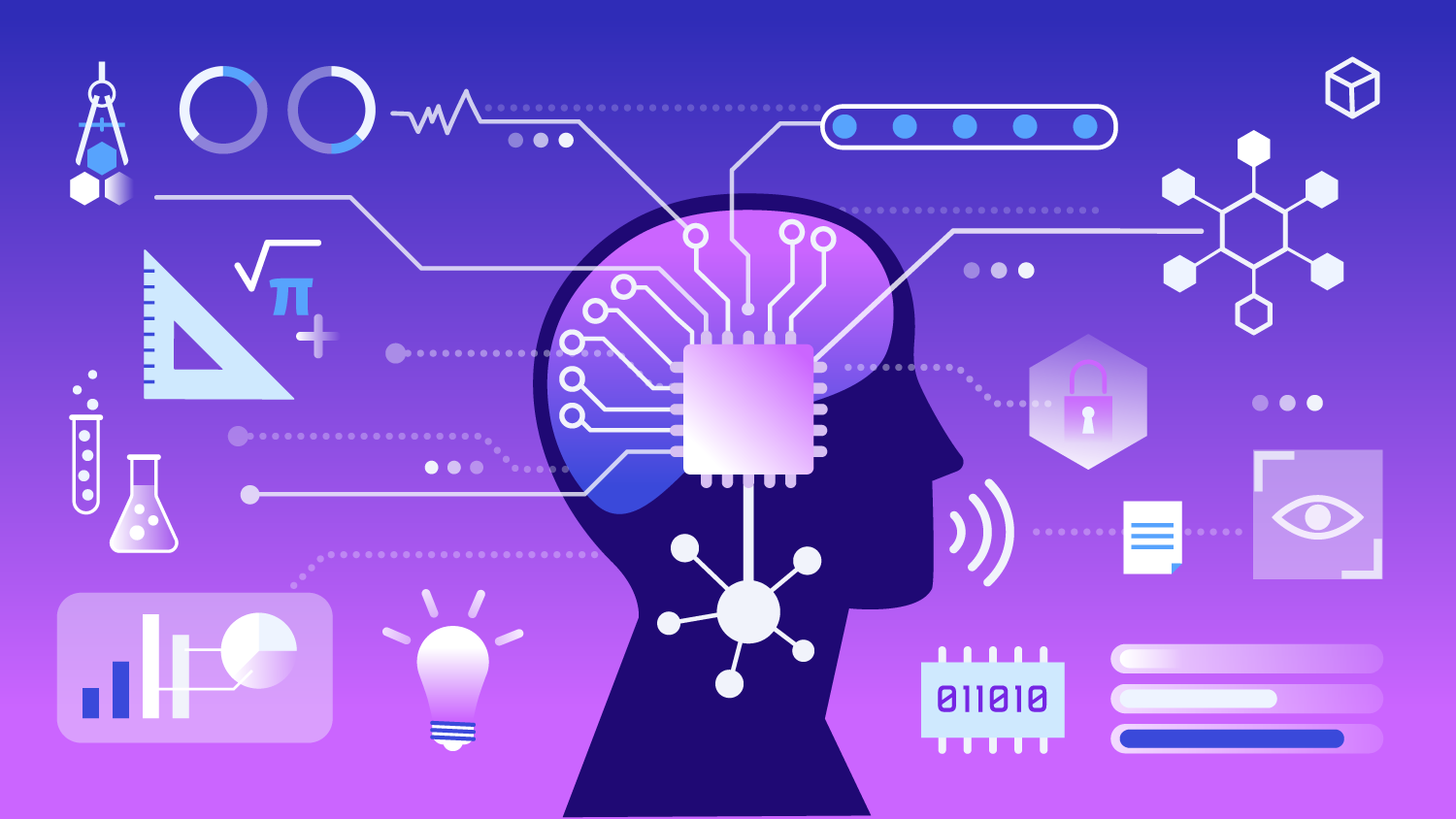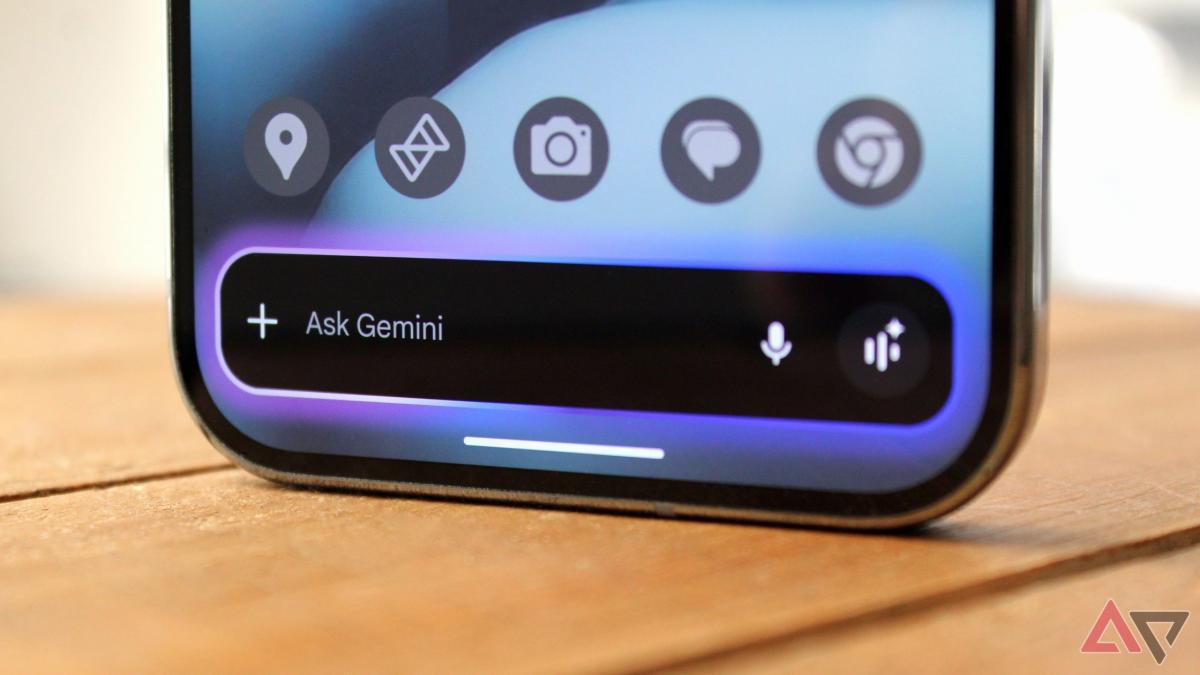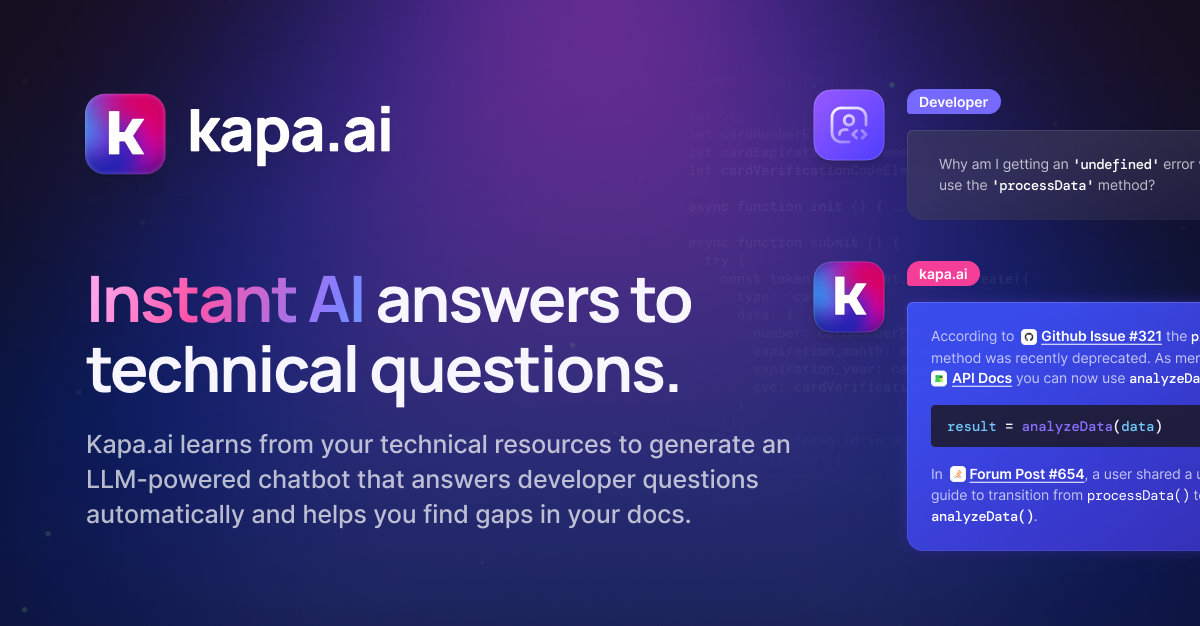OpenAI is poised to release its next major model, GPT-5, this summer, amid growing tensions and negotiations with Microsoft, which has invested $13 billion in the company. OpenAI’s structure includes a non-profit arm controlling its for-profit operations, and it recently pressured Microsoft to alter their agreement, seeking a 33% stake in its for-profit side and relinquishing rights to revenue and intellectual property. Meanwhile, OpenAI is undercutting Microsoft by offering discounts on its ChatGPT Enterprise subscriptions. Competing firm xAI is facing financial difficulties, burning $1 billion monthly and seeking $9.3 billion in funding. Notably, OpenAI secured a significant $200 million contract with the US Department of Defense for prototype AI solutions, competing directly with Palantir’s dominance in this space. OpenAI’s CEO, Sam Altman, has also launched a podcast, confirming the anticipated release timeline of GPT-5.
Source link
Sam Altman Announces GPT-5 Launch This Summer as OpenAI Outpaces Palantir and Strengthens Its Position Against Microsoft
Introducing VerifyWise: An Open-Source Governance Platform for AI Compliance
Gorkem has launched VerifyWise, an open-source platform aimed at simplifying AI governance and compliance for organizations. This platform assists teams in managing their AI governance processes through features like audit readiness, risk registers, model fairness checks, and compliance documentation—all within a single self-hosted solution. Key developments since the launch include the availability of the core platform on GitHub, workflows for the EU AI Act and ISO 42001, a bias and fairness module integrated with Fairlearn, a training registry for AI literacy, and a module for tracking vendor risks. VerifyWise promotes transparency and community-driven development, inviting feedback from users navigating the complexities of AI regulations. For more information, resources can be found on their GitHub and documentation website.
Source link
China’s MiniMax Unveils M1 Model, Claiming 200x Lower Training Costs Compared to OpenAI’s GPT-4
Chinese AI companies are increasingly making waves in the global AI sector by releasing cost-effective models that rival established players like OpenAI. Recently, MiniMax introduced its M1 model, claiming it offers competitive intelligence and creativity at an astonishingly low training cost of approximately $534,700—nearly 200 times cheaper than ChatGPT 4. The assertion that M1 delivers similar performance could potentially disrupt demand for OpenAI and other AI services, especially since OpenAI reportedly faces significant losses and is reducing prices to maintain market share.
MiniMax, backed by major Chinese tech firms, claims widespread usage and offers its model for free, attracting interest from developers. However, there are concerns regarding the verification of MiniMax’s claims and possible geopolitical implications, as Chinese models may be subject to state censorship. Despite skepticism, if M1’s performance is affirmed, it could lead to a notable shift in the AI landscape, reminiscent of the impact caused by earlier releases like DeepSeek’s R1.
Source link
Ben Kamens | Mastering AI-Driven Coding the Challenging Way
In the software development community, the use of AI for coding often sparks intriguing discussions. One developer embraces what he calls “coding the Hard Way”: utilizing AI tools for code suggestions but manually typing out every character instead of accepting the AI’s input. This approach, inspired by Zed Shaw’s “Learn Code the Hard Way,” has benefits: deeper understanding, improved code quality, and an enjoyable tactile experience. Despite the increasing sophistication of AI tools, this developer finds value in maintaining a hands-on connection with the code. He admires the macro capabilities of AI but believes his micro-management skills are superior, especially in terms of editing and reworking AI-generated code. While he acknowledges that this method might feel outdated as AI evolves, he revels in the joy of typing and maintains that this “Hard Way” makes coding faster and more fulfilling than ever. He invites others employing similar workflows to share their experiences.
Source link
Key Updates: SCOTUS Upholds Transition Care Ban, OpenAI Takes on New Challenges, and More
Eurasia Group and its affiliates, including GZERO Media, have updated their Privacy Policy and Terms of Use to provide clearer information on data collection, usage, and sharing practices. By accessing their website, users consent to the updated Terms and Conditions and Privacy Policy, which includes the transfer of personal data to the United States and the use of cookies as outlined in the Cookie Policy.
Source link
Transforming Support: How Otter.ai Used AI to Resolve Over 1,000 Tickets Instantly
Allen Lai, Head of Customer Experience at Otter.ai, faced challenges in scaling support operations as ticket volumes surged. Initially a team of one with limited resources, he implemented automation using Zapier and AI tools like OpenAI’s ChatGPT. This integration eliminated repetitive tasks, enabling faster ticket resolutions and allowing support agents to focus on complex issues. In just three months, they auto-resolved over 1,000 tickets, prioritized more than 10,000 using AI-driven tagging, and significantly reduced backlogs. A smart triage system enhanced prioritization of critical tickets, especially catering to urgent press inquiries. Allen emphasized the flexibility of Zapier, allowing quick developments to streamline customer support without needing engineering approval. Otter.ai’s approach is not merely reactive but aims for scalable, long-term solutions in customer experience. By blending automation with proactive strategies, they’re redefining efficient and customer-first support. Allen encourages others to start small and experiment to realize significant time savings.
Source link
Krikey AI Unveils Innovative Suite of AI Tools for Animators and Game Developers
Krikey AI, a leader in creative artificial intelligence, has launched four innovative features aimed at enhancing digital creativity for various users. The Video to Anime Converter transforms real videos into anime-style animations, catering to creators and anime enthusiasts. The AI Game Generator allows for quick animation of game characters, facilitating rapid development for indie developers and educators. The Cricket Animation Tool creates engaging animated content specifically for cricket fans and athletes. Lastly, the AI Animation for Kids provides a user-friendly platform for children to craft animated stories and characters, fostering creativity in young users. These tools underscore Krikey AI’s dedication to making digital creation accessible and exciting for everyone, from educators to professional animators. CTO Ketaki Shriram highlights this commitment, emphasizing the aim to empower creators of all skill levels. For more information, visit Krikey AI’s website.
Ask HN: What’s the Best Way to Spend 10 Weeks Exploring AI?
With a background in hacking, particularly in JavaScript and no/low code environments, I identify as a creative rather than a software engineer. My formal training in learning sciences, alongside experience in product and change management, has highlighted entrepreneurial and tech innovation as key channels for my creativity. Recently, I’ve been exploring large language models (LLMs), utilizing them to enhance creative output while noting limitations like lack of variety and contextual nuances. As I prepare for 10 weeks of free time, I am considering my next steps: should I focus on developing an executive perspective on AI strategy, embark on a technical project like building a GraphRAG from unstructured creative data, or become proficient in specific tools and frameworks? I welcome suggestions from the community on which path may be the most beneficial.
Source link
Google Gemini Now Analyzes and Interprets Your Video Clips with Vision and Sound
Google has launched Gemini 2.5 Pro and Flash, now available to all users, alongside a new, faster Gemini 2.5 Flash-Lite model aimed at high-throughput tasks. A significant enhancement involves the support for video uploads and analysis within Gemini on Android. Users can upload videos similarly to images and ask Gemini for an overview, or to identify specific parts of the clip, with relevant video segments displayed alongside text responses. Notably, Gemini accurately interprets visuals and audio, including determining locations and timeframes from uploaded videos. This development enhances Gemini’s capabilities, as it can now analyze videos, giving it a competitive advantage over ChatGPT, which lacks this functionality. While video upload access is currently available on several Android devices and the web, it hasn’t yet reached iPhone users. Overall, Google’s updates significantly bolster Gemini’s features, particularly in video analysis.
Source link
Best Practices for Documenting AI Systems
Semantic HTML enhances document clarity and retrieval accuracy by ensuring a structured format. It’s crucial to avoid misusing elements, as incorrect placement can hinder machine parsing. PDFs should be replaced with HTML or Markdown to facilitate better text extraction. Content should be crawler-friendly, minimizing complex UI elements and JavaScript. Descriptive headings and meaningful URLs enhance semantic clarity, aiding AI understanding of content relationships. Providing text alternatives for visuals ensures accessibility. The design must avoid layout-dependent meaning, using clear lists instead of complex tables. Successful AI documentation is self-contained, addressing contextual dependencies explicitly. Each section should communicate its context, be actionable independently, and include specific troubleshooting guidance with exact error messages. Ultimately, effective documentation serves both human users and AI by being clear, structured, and comprehensive, ensuring easy retrieval and user satisfaction. Prioritize immediate fixes for common inquiries while progressively enhancing coherence in documentation.
Source link
